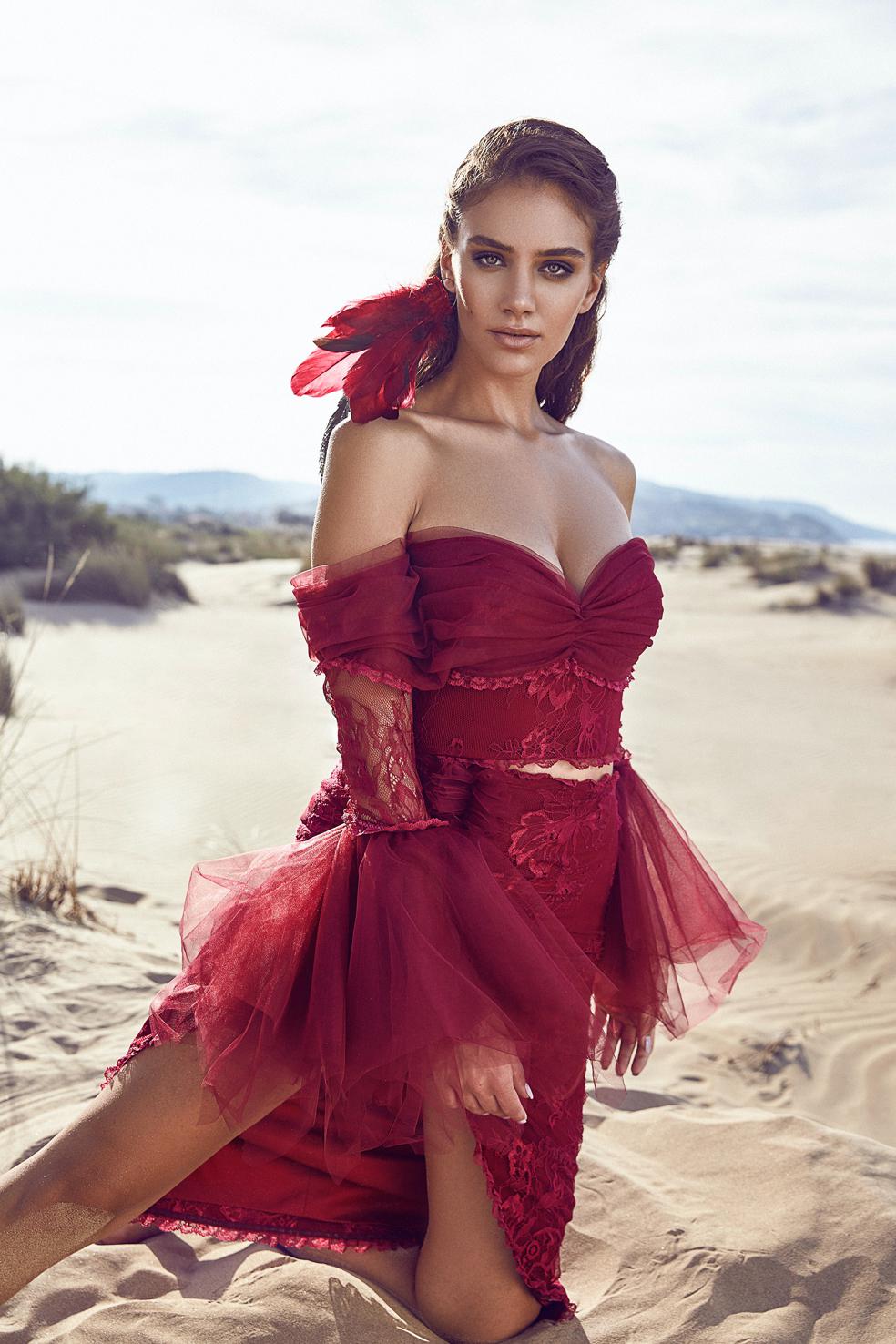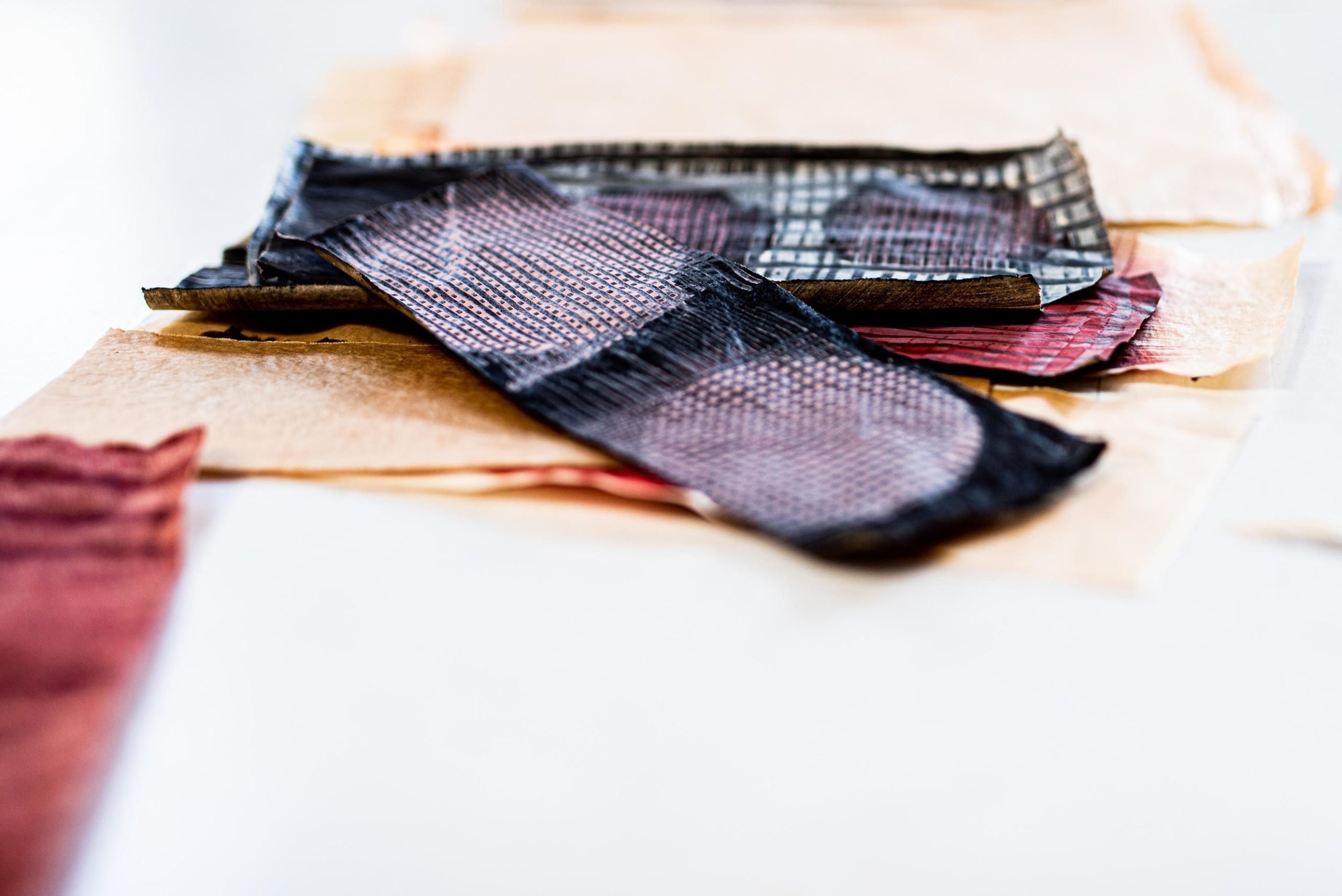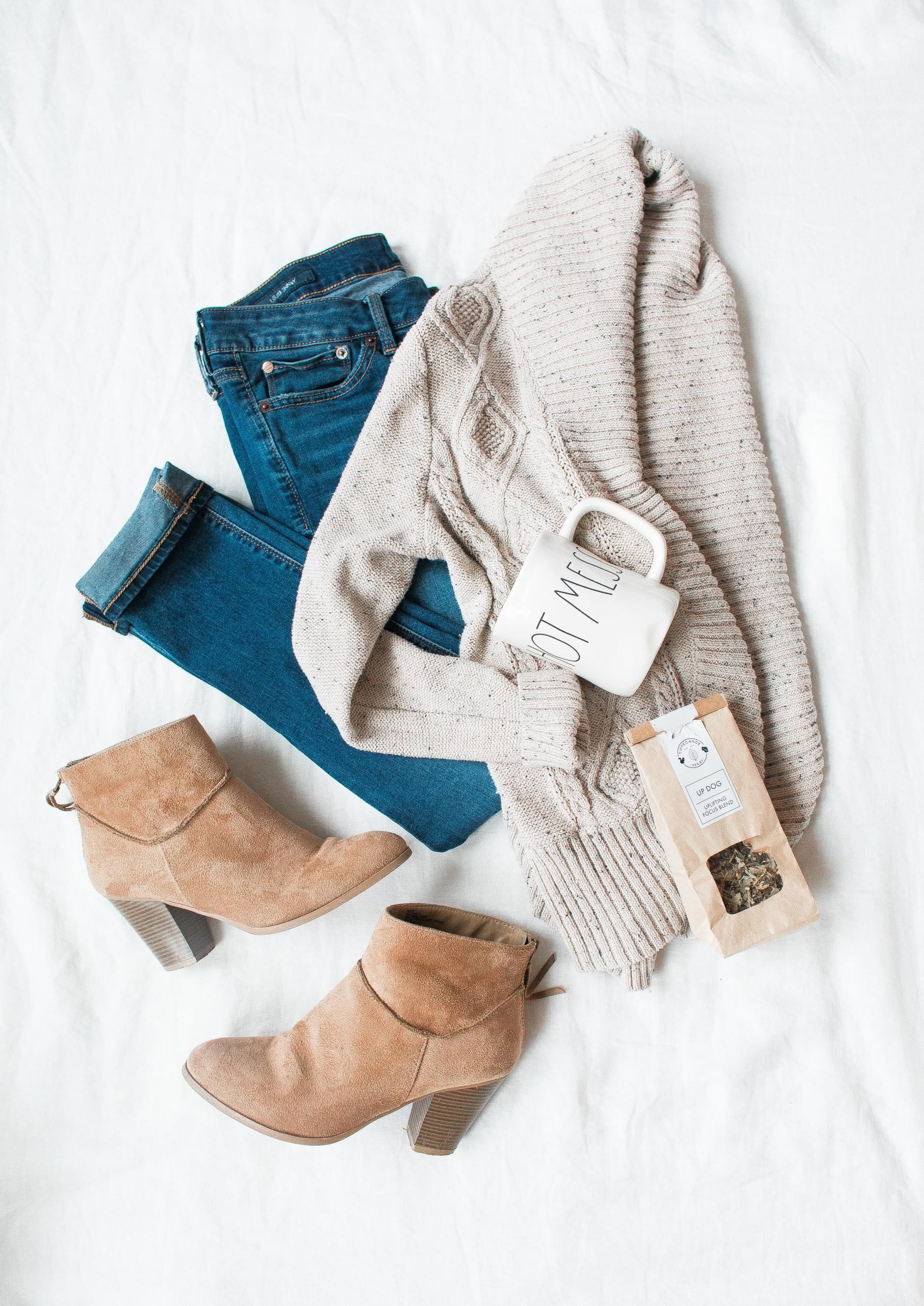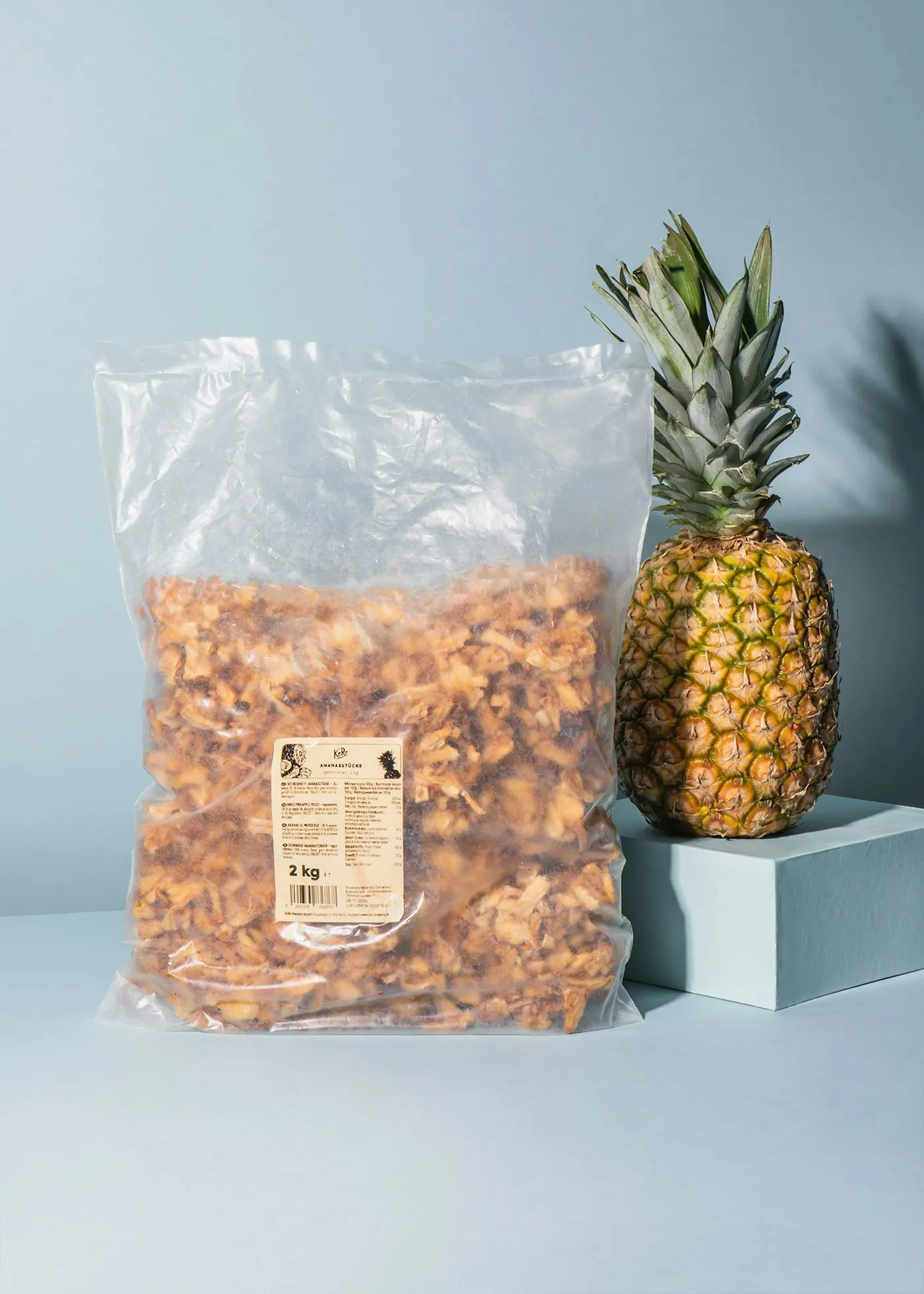Upcycling Couture is a unique and innovative approach towards sustainable fashion. In today’s world, where clothes are often discarded after a few uses, upcycling gives pre-loved pieces new life and purpose.
This process involves turning waste materials into beautiful and fashionable garments that are both unique and environmentally-friendly. Upcycling Couture not only helps to reduce waste but also gives new value to old items. It’s an amazing way to be eco-friendly while still enjoying fashion.
In this blog, we’ll take a closer look at the fascinating world of Upcycling Couture, exploring its many benefits and why it’s becoming increasingly popular among fashion enthusiasts.
What is Upcycling Couture?
Upcycling Couture is a fashion trend that involves taking pre-loved clothing items and transforming them into something new and desirable. Rather than discarding old clothes and contributing to the destructive fast fashion industry, upcycling Couture gives new life to items that might have been thrown away. This movement has quickly gained popularity, as consumers become more aware of the environmental impact of fashion.
Upcycling Couture is also an opportunity to showcase creativity and individuality, as each piece is unique and tailored to personal preferences.

Explanation of Upcycling Couture
Upcycling Couture is all about recycling and repurposing old clothing items. The process involves taking old and unwanted clothes, deconstructing them, and using the materials to create entirely new garments or accessories. This trend has become increasingly popular due to its environmental benefits, as it helps to reduce the amount of waste produced by the fashion industry.
Through upcycling, creativity and innovation can be showcased, as each piece is unique and customized to an individual’s desired style. Moreover, upcycling Couture can be a more sustainable and cost-effective way of updating one’s wardrobe, without contributing to the negative environmental impacts associated with fast fashion.
In essence, upcycling Couture is about reimagining fashion and creating something new out of the old.
Importance of Upcycling Couture in Sustainable Fashion
Upcycling Couture plays a crucial role in sustainable fashion as it promotes the idea of using existing materials and reducing the need for new resources. By repurposing pre-loved or vintage items, designers can decrease the amount of textile waste generated and help to mitigate the negative environmental impacts of the fashion industry.
Furthermore, the upcycling process encourages consumers to think about the longevity of their clothes, rather than being caught up in trends and fast fashion, ultimately leading to a more responsible and ethical approach to fashion consumption. Therefore, upcycling Couture is not just a trend but a movement towards more sustainable fashion practices that benefit both the planet and the people involved in the production process.
Examples of Upcycling Couture in the Fashion Industry
One great example of Upcycling Couture in the fashion industry is the brand “From Somewhere,” co-founded by Orsola de Castro. The company creates unique pieces using textile waste such as stock fabric or pre-consumer waste from luxury designers. By doing so, they rescue materials that would otherwise end up in landfills and transform them into high-end couture.
Another example is designer Christopher Raeburn, who upcycles military surplus fabrics to create high-fashion garments, such as bomber jackets and parkas, that are durable, stylish, and sustainable. Overall, these examples highlight how Upcycling Couture can spark design innovation, reduce textile waste, and create beautiful, one-of-a-kind pieces.
How to Upcycle Couture?
If you’re interested in trying your hand at Upcycling Couture, there are a few steps you can take. First, scour secondhand stores and online marketplaces for pieces with potential. Look for fabrics, patterns, and textures that inspire you.
Next, deconstruct the garment, carefully cutting and shaping the material to fit your vision. Finally, reconstruct the piece using stitching, embellishments, or other techniques to create a new, unique piece of couture fashion.
Remember, with Upcycling Couture, the possibilities are endless, and the result is a sustainable and stylish wardrobe addition.

Steps to Upcycle PreLoved Pieces
Upcycling pre-loved pieces is not only a creative pursuit but also an eco-friendly way to refresh your wardrobe. Here are some simple steps to get started: First, assess the piece and determine its potential. Look for interesting details, like unique prints, buttons, or zippers that you can highlight in your design.
Next, deconstruct the garment by carefully removing seams and cutting out sections you’ll use in your new design. From there, use your creativity to redesign and reconstruct the garment.
You can add new details like lace or embroidery, or reimagine the piece completely. Finally, finish your design with careful stitching and embellishments. With a little bit of effort and creativity, you can turn pre-loved items into stunning couture pieces that will last for years to come.
Not only will you have a unique addition to your wardrobe, but you’ll also be doing your part for the planet.
Materials and Tools needed for Upcycling Couture
Upcycling pre-loved pieces into couture requires a few essential tools and materials. You’ll need a seam ripper, sharp scissors, fabric glue, a sewing machine, thread, and needles. Additionally, you may also want to invest in some unique fabrics, lace, beads, or embroidery thread to add to your creations.
Don’t be afraid to experiment with different materials and finishes until your vision comes to life. Remember, the possibilities are endless when it comes to upcycling couture.
So, grab your tools and materials, and let your creativity run wild!
Tips and Tricks for Successful Upcycling Couture
When it comes to successful upcycling couture, there are a few tips and tricks that can help you achieve the best results. Firstly, start with high-quality pre-loved pieces that have good fabric and construction. This way, your final creation will not only be unique but also long-lasting.
Secondly, plan your design and layout before cutting or sewing any pieces. This can save you time and also help you visualize your final product.
Thirdly, don’t be afraid to mix and match different fabrics, patterns, and textures to create a unique look. Lastly, pay close attention to the finishing touches such as hemming and ironing to ensure a professional look.
With these tips, you are sure to create one-of-a-kind upcycling couture pieces that will turn heads wherever you go.
Benefits of Upcycling Couture
Upcycling couture has become increasingly popular due to the benefits it offers. Firstly, it promotes sustainability by reducing textile waste and conserving resources.
By giving new life to pre-loved pieces, you are diverting them from landfills and reducing the demand for new garments.
Secondly, upcycling couture allows you to express your creativity and individuality. No two upcycled garments are the same, so you can create unique pieces that showcase your personal style.
Thirdly, upcycling couture can be cost-effective compared to buying new designer clothing. Instead of splurging on expensive designer pieces, you can create your own designer-inspired outfits at a fraction of the cost.
Overall, upcycling couture is a rewarding and sustainable way to revamp your wardrobe while expressing your creativity.
So why not give it a try and see how you can breathe new life into your pre-loved pieces?

Environmental Benefits of Upcycling Couture
Upcycling couture offers numerous environmental benefits that cannot be ignored. As the fashion industry is notorious for its high levels of waste and pollution, upcycling provides an eco-friendly alternative for fashion-conscious individuals.
By repurposing pre-loved clothing, you are reducing the amount of textile waste that ends up in landfills. Moreover, upcycling uses fewer resources compared to producing new garments, which contributes to preserving our planet’s natural resources. In essence, upcycling couture promotes a circular fashion economy, which prioritizes environmental sustainability over profit-making.
As more people embrace the concept of upcycling couture, we can look forward to a more sustainable fashion future.
Economic Benefits of Upcycling Couture
Upcycling couture not only benefits the environment but also offers economic advantages. For instance, upcycling can significantly lower the cost of purchasing new clothing items.
Upcycling pre-loved clothing also gives people the opportunity to express their individuality and personal style without breaking the bank.
In addition, upcycling couture also promotes entrepreneurship and job creation. As more upcycling businesses emerge, jobs are created for artisans, tailors, and designers who help breathe new life into pre-loved pieces.
This not only supports local economies but also fosters creativity and innovation.
Overall, upcycling couture presents a win-win situation for both the environment and fashion industry, and offers a sustainable solution to the problem of textile waste and pollution while promoting economic growth and individual expression.
Social Benefits of Upcycling Couture
The benefits of upcycling couture extend beyond just the economy and environment. Upcycling also promotes social benefits such as empowering individuals and communities. By upcycling pre-loved pieces, individuals can feel a sense of accomplishment and connection to their clothing, as they have put their own unique touch on it.
Additionally, upcycling can bring people together to share their ideas and skills, fostering a sense of community and collaboration.
Moreover, upcycling can also help raise awareness about the clothing industry’s impact on the environment and encourage people to consume fashion more consciously and sustainably.
By promoting individual creativity, community collaboration, and conscious consumption, upcycling couture has the potential to create positive social change at a local and global level.
Challenges of Upcycling Couture
Upcycling couture may sound like a great solution, but it also comes with its fair share of challenges. One of the main challenges faced by designers and consumers alike is the limited availability of pre-loved pieces that can be upcycled.
This can limit the variety and creativity that can go into upcycling couture. Additionally, upcycling can be a time and labor-intensive process, making it difficult for smaller designers to compete with fast fashion brands. Finally, there is a perception amongst some consumers that upcycled clothing is of lower quality than new clothing, making it difficult to convince them to pay a higher price for upcycled pieces.
Despite these challenges, upcycling couture remains a promising way to promote sustainability and creativity in the fashion industry.

Challenges in Sourcing PreLoved Pieces for Upcycling
When it comes to upcycling couture, one of the biggest challenges is sourcing pre-loved pieces to transform into something new and beautiful. As more consumers become aware of the environmental impact of fast fashion, the demand for secondhand clothing has increased. However, finding high-quality clothing that can be transformed into couture pieces can still be a challenge.
Designers often have to spend hours scouring thrift stores, estate sales, and online marketplaces for the perfect pieces to upcycle. This limited availability can also limit the variety and creativity that can go into upcycling couture.
However, with persistence and dedication, designers can still create stunning upcycled pieces that are both sustainable and fashionable.
Technical Challenges in Upcycling Couture
Upcycling couture is not without its technical challenges. Designers must have a deep understanding of garment construction and be skilled in techniques such as pattern-making, draping, and tailoring to be able to transform pre-loved pieces into something new and luxurious. They also need to pay close attention to the quality of the original garment to ensure that it can be successfully transformed without compromising durability or aesthetic appeal.
These technical challenges require expertise, creativity, and patience to overcome. Nevertheless, the end result is worth the effort and can be a truly unique and sustainable piece of couture fashion.
Perception of Upcycling Couture in the Fashion Industry
Upcycling couture has gained popularity in recent years as more consumers become aware of the environmental impact of fast fashion. However, some people in the fashion industry still view it as a lesser form of design compared to creating new pieces from scratch. This perception is slowly changing as upcycling designers are being recognized for their creativity and innovation.
Upcycling couture is proving to be a viable business model as customers seek out one-of-a-kind pieces and sustainable alternatives to mass-produced fashion. As the industry continues to evolve, it is clear that upcycling couture is here to stay.
Upcycling Couture Brands and Designers
Many upcycling couture brands and designers have emerged in recent years, each with their unique approach to giving pre-loved pieces new life. Stella McCartney is one of the most well-known sustainable fashion designers, having incorporated upcycling techniques into her collections for years.
Another pioneer in the field is Christopher Raeburn, who creates stylish, functional pieces from decommissioned military clothing. Emerging upcycling designers like Patrick McDowell and Priya Ahluwalia are also making waves in the industry with their innovative designs. By using discarded materials and transforming them into high-end pieces, these designers are redefining what it means to be fashionable and sustainable.

Overview of Fashiombrands and Designers that Practice Upcycling Couture
Upcycling couture has become an increasingly popular trend in the fashion industry, with many brands and designers embracing the concept of sustainability. Stella McCartney is one of the pioneers of this movement, but others have followed in her footsteps. British designer Christopher Raeburn creates stylish and functional pieces from decommissioned military clothing, while emerging designers like Patrick McDowell and Priya Ahluwalia are creating innovative designs with discarded materials.
The upcycling couture movement is redefining the fashion industry, showing that you can be fashionable and sustainable at the same time.
Examples of Upcycling Couture Pieces
One example of upcycling couture is the “Falabella” bag by Stella McCartney. This iconic bag is made from vegan leather and recycled polyester, giving new life to materials that would have otherwise gone to waste.
Another example is the “Remade in Switzerland” collection by Maison Margiela, which features garments made from vintage fabrics and recycled materials. British brand Worn Again Technologies has taken upcycling to the next level by using advanced technology to transform discarded textiles into new textiles, creating a truly closed-loop system. These examples show the potential for upcycling to not only be sustainable, but also innovative and stylish.
Impact of Upcycling Couture Brands in the Fashion Industry
Upcycling couture brands are making a significant impact in the fashion industry by promoting sustainability and reducing waste. By utilizing pre-loved and discarded materials, these brands are not only reducing their environmental impact but also creating unique and innovative pieces.
They are setting an example for other fashion companies to follow and inspiring consumers to make more conscious fashion choices. Furthermore, the upcycling trend has gained popularity among younger generations who prioritize sustainability and ethical practices when it comes to fashion. The impact of upcycling couture brands is gradually changing the way the fashion industry operates, making it more sustainable and responsible.
Upcycling couture is a growing trend that focuses on giving new life to pre-loved pieces of clothing. This sustainable fashion movement aims to reduce waste in the fashion industry by reusing and transforming old garments into high-end couture designs. By upcycling clothes, designers are not only making a positive impact on the environment but also creating unique and one-of-a-kind pieces of fashion art.



